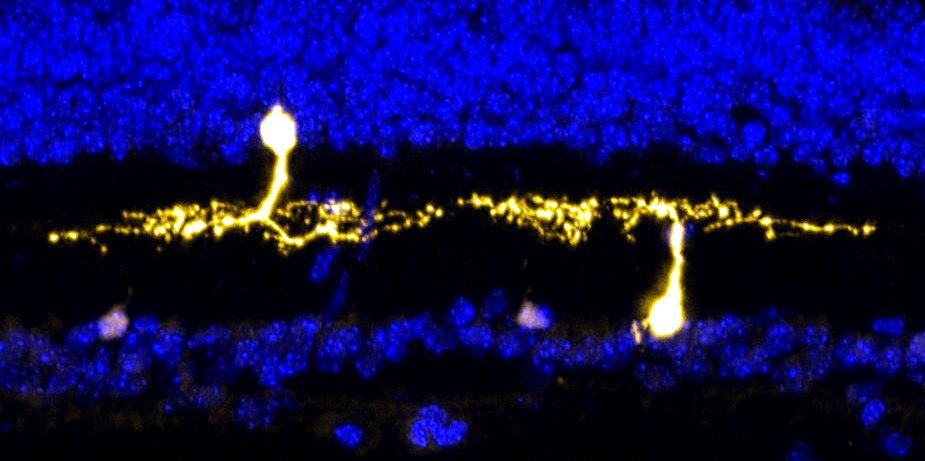Research
About Our Research
In the nervous system, rapid and accurate information flow requires a complex web of properly connected neural circuits. To preserve the complex neural circuits required for function, we need to determine how circuits wire together, maintain the right connections, and change during plasticity and disease. However, each of these factors is made more complicated by the heterogeneous set of cellular characteristics that arise from the vast number of distinct neuronal cell types involved in each unique circuit. This diversity in neuronal cell types serves as a significant barrier to understanding two major processes important for preserving circuit function: (1) cell specification during development; and (2) cell susceptibility during disease.
Our lab uses the mouse visual system as model system to gain a better understanding on these mechanisms. The following studies are two examples of the types of projects our lab works on.

Ongoing Studies
Amacrine Cell Development
Amacrine cells are important retinal interneurons that contribute visual feature detection (i.e. motion, edge-detection, etc.). Detection of multiple features requires a diverse set of amacrine cells for proper function. During development, a series of different genetic factors are essential to both cell fate and connectivity in retinal circuits. Currently, we are focused on how specific transcription factors instruct the cell fate and survival of distinct subsets of amacrine cells during development.
Optic neuropathies
Optic neuropathies are visual disorders that affect the function of the optic nerve—the only connection between the eye and the brain. Currently we are investigating our the environmental factors disrupt retinal ganglion cell survival and glial function in the retina and optic nerve.